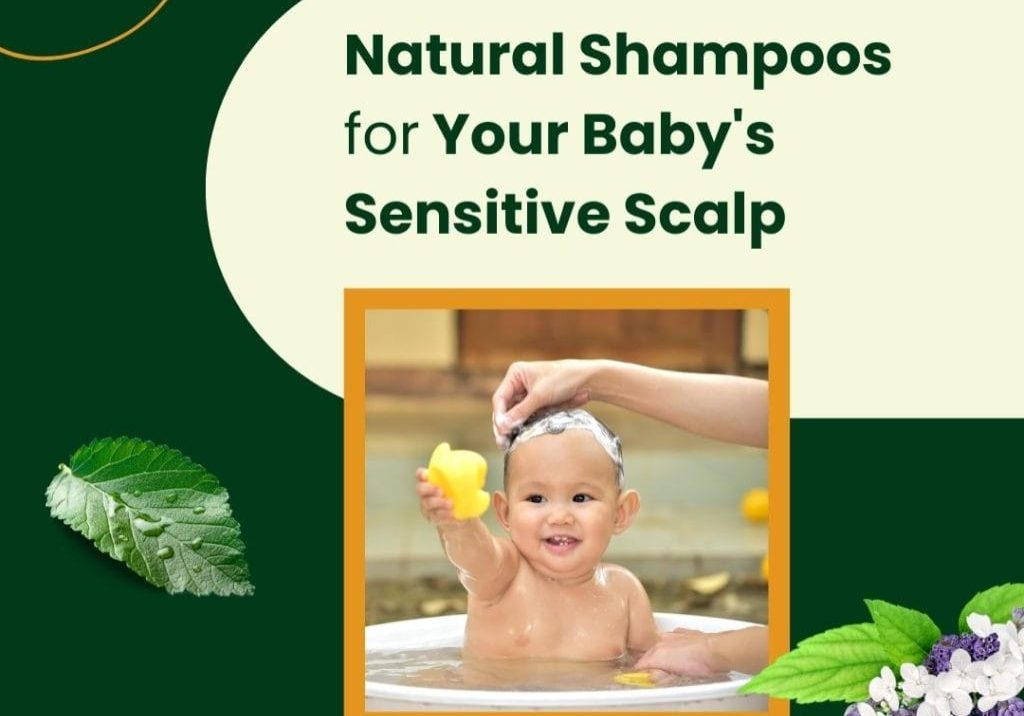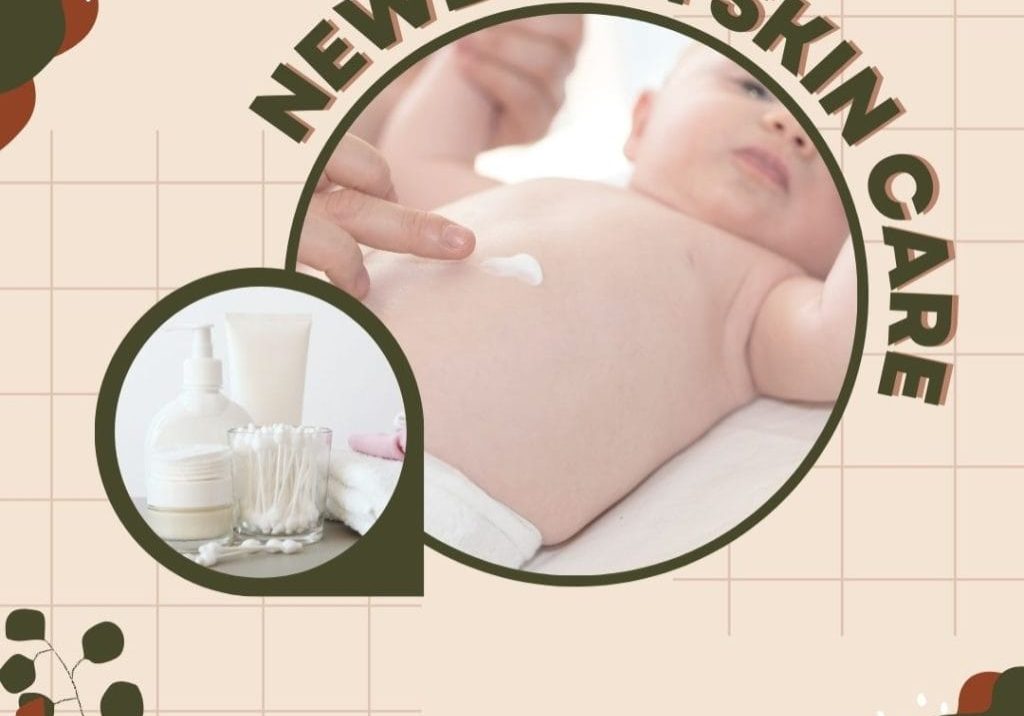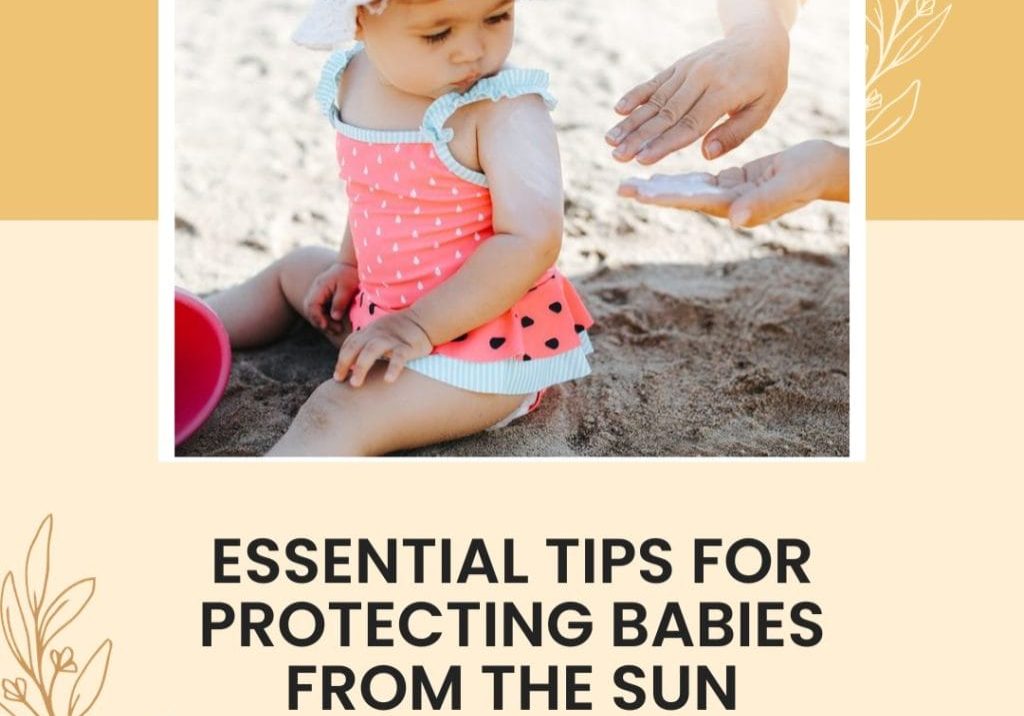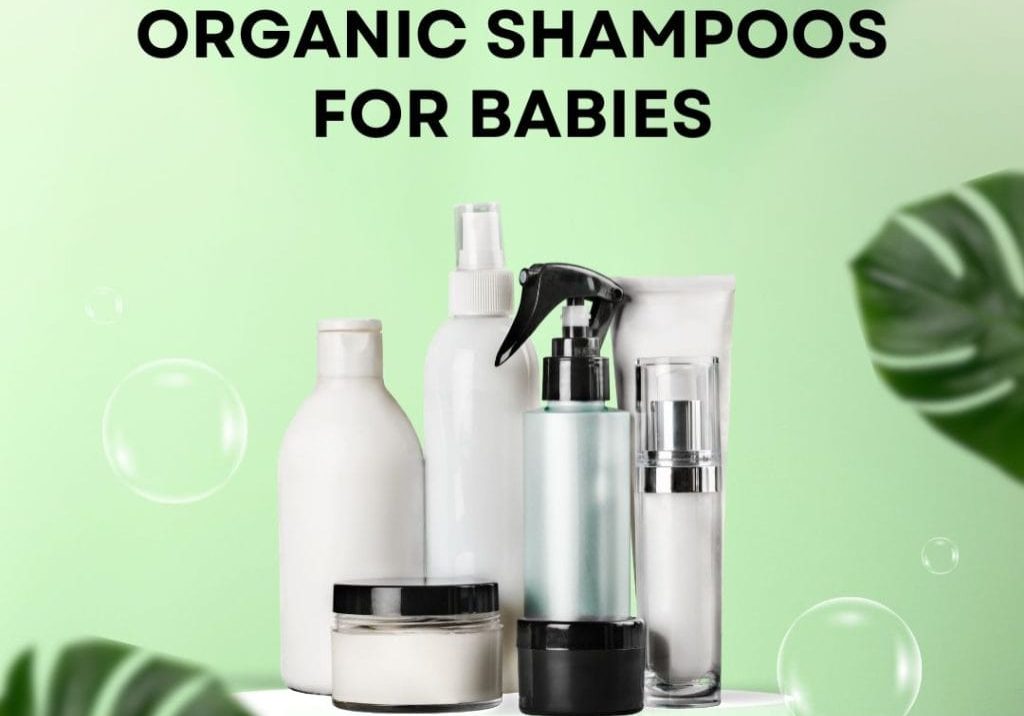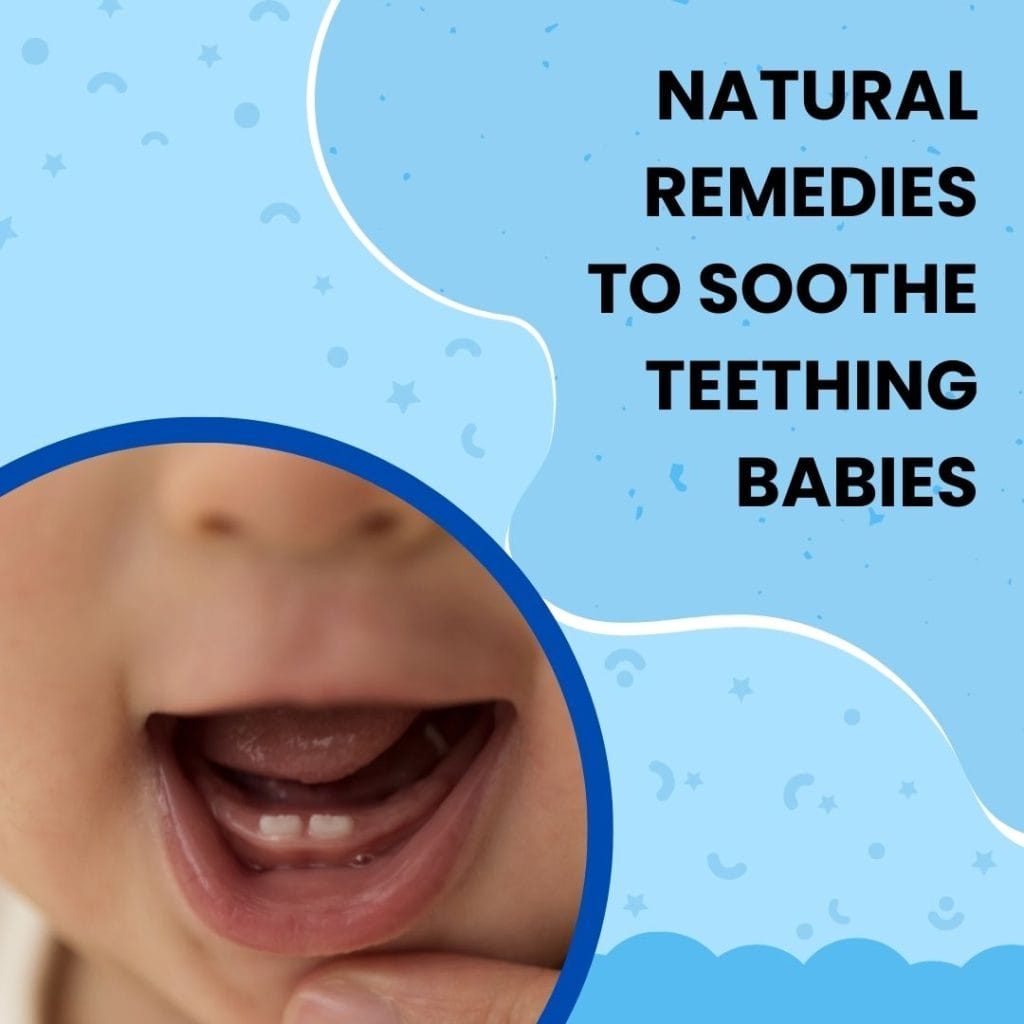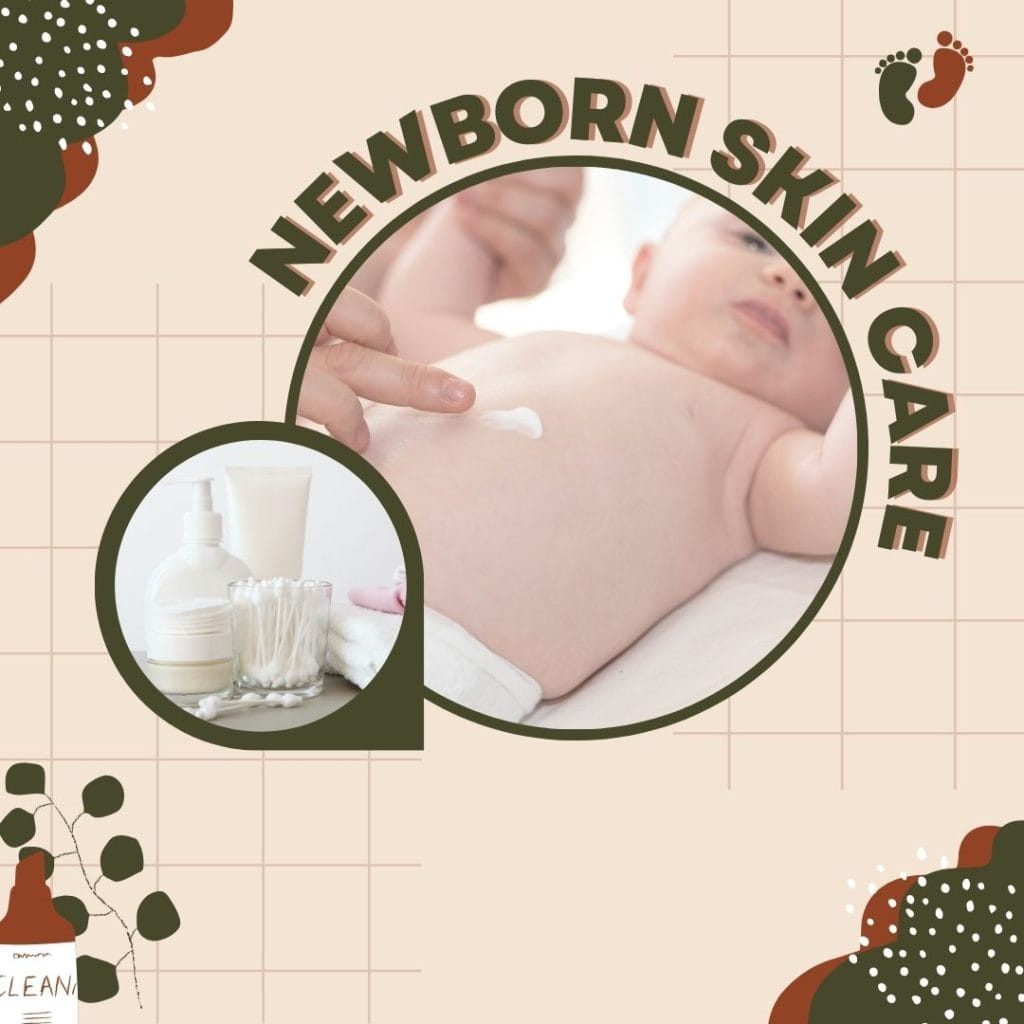Understanding the ingredients in baby sunscreens is vital for every parent. Navigating the world of baby sunscreen ingredients can feel like a daunting task. This document aims to demystify these components, ensuring your little one’s skin stays protected while minimizing potential irritation.
Understanding the Ingredients in Baby Sunscreens
For adequate protection from the sun, it’s paramount that children use a sunscreen or sunblock that shields them from both UVA and UVB rays — these are often labeled as broad-spectrum sunscreens. This necessitates the correct application of a sunscreen with a Sun Protection Factor (SPF) of at least 30. Moreover, it’s essential to frequently reapply the sunscreen and minimize exposure to the sun during periods of intense sunlight.
Sunscreen Ingredients
When selecting a sunscreen for your child, it’s crucial to scrutinize the label closely. Ensure that the product comprises effective and safe ingredients. Many sunscreens on the market include a variety of active ingredients. These ingredients may offer protection against either UVA or UVB rays, while some sunscreens are designed to shield against both.
Dr. Andy Bernstein, a pediatrician based in Evanston, Illinois, and a Clinical Assistant Professor of Pediatrics at Northwestern University Feinberg School of Medicine, emphasizes the importance of broad-spectrum coverage. He states, “Broad-spectrum coverage that protects against both UVA and UVB rays is most effective in minimizing the risk of premature aging and skin cancer.” The key is to understand that protection against both types of rays ensures optimal safety for your child’s skin.
Ingredients to Use
According to the guideline released by the U.S. Food and Drug Administration (FDA) in 2019, specific ingredients have been identified as appropriate for use in sunscreen. These ingredients are known to provide comprehensive protection against both UVA and UVB rays:
- Mexoryl SX (also known as ecamsule): This ingredient offers extensive UVA protection and should be a component in a quality broad-spectrum sunscreen.
- Titanium Dioxide & Zinc Oxide: Unlike chemical ingredients that absorb the sun’s rays, these are physical sunscreens that reflect the UVA and UVB rays. They provide optimal protection, especially for sensitive skin types. Newer versions of these sunscreen ingredients have regained popularity due to their reflective properties.
Dr. Bernstein recommends, “For children or adults with sensitive skin, sunscreens that include zinc oxide and titanium dioxide as active ingredients will be the least irritating.”
If your child has sensitive skin, opt for a sunscreen that is fragrance-free and hypoallergenic to ensure comfort and safety.
Other Important Ingredients for UVB Protection
The following ingredients primarily provide UVB protection and may be used in combination with others to ensure full-spectrum coverage:
- Mexoryl SX: As mentioned, this ingredient also provides broad-spectrum protection.
- Padimate O
- Phenylbenzimidazole
- Salicylates (including homosalate, octisalate, and trolamine salicylate): These are effective at blocking UVB rays.
Mexoryl SX is a recent addition to the sunscreen ingredient list in the U.S., having previously only been available in Europe. It’s typically found in high-end sunscreens such as La Roche Posay Anthelios XL SPF 50 Cream and Lancome UV Expert 20.
Ingredients to Avoid
Dr. Bernstein advises parents to be vigilant when selecting sunscreen for their children. He states, “Avoid sunscreens containing PABA (para-aminobenzoic acid).” While these are less prevalent in today’s market, products with aminobenzoic acid and trolamine salicylate have ceased to be marketed in the U.S.
Based on the FDA’s sunscreen report, several ingredients lack sufficient evidence supporting their safety and efficacy in sunscreens. Until conclusive data is gathered, it is recommended to steer clear of these ingredients:
- Benzophenones (including oxybenzone, dioxybenzone, sulisobenzone)
- Cinoaxate
- Menthyl anthranilate, also known as meradimate
Moreover, the safety and utility of certain other sunscreen ingredients, such as retinyl palmitate (vitamin A) and oxybenzone, are currently under debate. There exist conflicting studies and controversial recommendations surrounding these substances. Consequently, some parents may opt to avoid these ingredients in their children’s sunscreens.
Other Ingredients
Helioplex is a proprietary trademark for a type of sunscreen stabilizer. Its primary functionality lies in enhancing the photostability of sunscreen ingredients, safeguarding them from degradation upon sun exposure. Thus, it ensures that the sunscreen retains its protective properties even when subjected to sunlight.
Apply Sunscreen Effectively
Ensuring your child is adequately protected from the sun goes beyond choosing the right sunscreen ingredients. According to Dr. Bernstein, a sunscreen with a minimum Sun Protection Factor (SPF) of 30 is a must. However, a higher SPF, though beneficial, isn’t the sole determinant of effective sun protection.
The key, as Dr. Bernstein explains, is regular reapplication. It’s crucial to reapply sunscreen at least every two hours or immediately after your child has been in water. This rule applies even when using sunscreens labeled as “waterproof”.
In addition, it’s essential to limit your child’s exposure to the sun during peak sunlight hours, ideally between 10 a.m. and 4 p.m. This is when the sun’s radiation is at its most intense.
Lastly, physical clothing barriers can offer added protection. Dress your child in lightweight long sleeves, pants, and swim shirts to shield their skin from harmful rays. These measures, combined with the correct use of sunscreen, ensure your child’s skin remains safe under the sun.
Protecting Babies From the Sun
Dr. Bernstein cautions against the use of spray sunscreens for infants and young children, due to the potential danger of inhalation during application. Furthermore, he emphasizes that, while sunscreen may be safely applied to infants from two months of age, the best course of action is to keep very young infants, particularly those under six months, completely shielded from direct sunlight. This is because they can quickly become overheated when exposed to the sun.
Conclusion
In conclusion, understanding baby sunscreen ingredients is paramount for the health and safety of your child. From broad-spectrum protectors like Mexoryl SX, titanium dioxide, and zinc oxide to UVB blockers like Padimate O and salicylates, these ingredients offer optimal sun protection. However, it’s equally important to avoid contentious ingredients such as PABA, benzophenones, and retinyl palmitate. Remember, effective sun protection goes beyond selecting the right sunscreen—it involves proper application, reapplication, limiting sun exposure during peak hours, and using physical clothing barriers. With this guide on baby sunscreen ingredients, you can make an informed choice to ensure your child’s skin remains safe under the sun.



